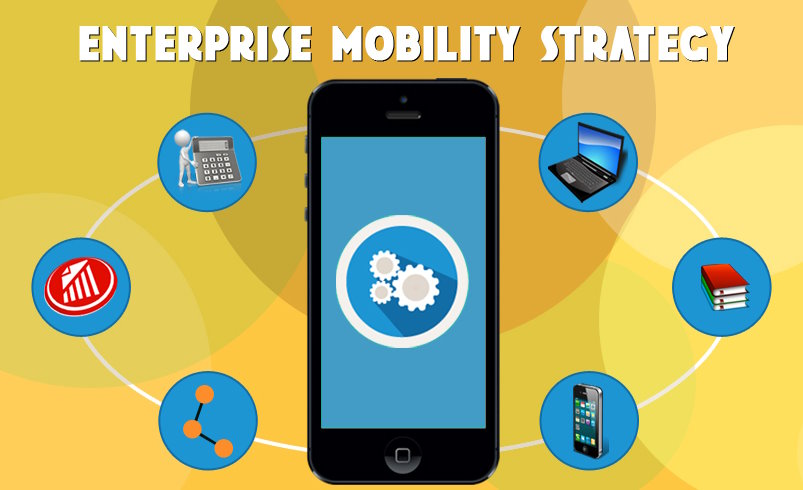The Mobile CRM Strategy Advantage
A Mobile CRM (Customer Relationship Management) strategy involves leveraging mobile technology and applications to enhance customer interactions, improve sales effectiveness, and streamline business processes.
It enables organizations to access and manage customer data, track sales activities, and communicate with customers through mobile devices such as smartphones and tablets. Here’s how an organization can prepare a Mobile CRM strategy:

1. Define goals and objectives
Clearly identify the goals and objectives you want to achieve with your Mobile CRM strategy. This could include improving customer satisfaction, increasing sales productivity, enhancing data accessibility, or driving customer engagement.
2. Assess mobile CRM needs
Evaluate your organization’s specific requirements for mobile CRM. Consider factors such as the size of your sales team, the nature of your business, and the mobile devices and platforms your employees and customers use.
3. Select the right mobile CRM solution
Research and select a mobile CRM solution that aligns with your organization’s needs. Look for features such as mobile accessibility, data synchronization, offline access, intuitive user interface, and integration with your existing CRM system.
4. Ensure data integration and synchronization
Ensure that your mobile CRM solution seamlessly integrates with your existing CRM system and other relevant business applications. This enables real-time data synchronization, ensuring that your team has access to the most up-to-date customer information.
5. Provide training and support
Train your employees on how to effectively use the mobile CRM solution. Provide comprehensive training sessions, documentation, and ongoing support to ensure they can maximize the benefits of mobile CRM and overcome any challenges.
6. Implement security measures
Mobile CRM involves accessing and storing sensitive customer data on mobile devices. Implement robust security measures to protect customer information and ensure compliance with data protection regulations. This may include password protection, data encryption, remote data wipe capabilities, and secure network connections.
7. Customize and optimize
Customize the mobile CRM solution to align with your organization’s specific workflows and processes. Tailor the solution to capture relevant customer data, automate tasks, and provide meaningful analytics and reporting.
8. Encourage adoption and usage
Drive adoption of the mobile CRM strategy by emphasizing its benefits to your employees. Communicate the advantages of mobile CRM, provide incentives for usage, and highlight success stories to motivate your team.
9. Continuously monitor and optimize
Regularly review and assess the effectiveness of your mobile CRM strategy. Monitor key metrics such as user adoption, engagement rates, sales performance, and customer satisfaction. Use this data to identify areas for improvement and make necessary adjustments to your strategy.
10. Stay updated with mobile trends
Keep up with evolving mobile technology trends and advancements. Stay informed about new features and functionalities that can further enhance your mobile CRM strategy and provide a better customer experience.
By preparing and implementing a Mobile CRM strategy, organizations can empower their teams with on-the-go access to critical customer data, improve efficiency, and deliver exceptional customer experiences.
Did you find this article interesting? Read about What makes a CRM System Your Most Valuable Asset next!

Matilda
Very interesting